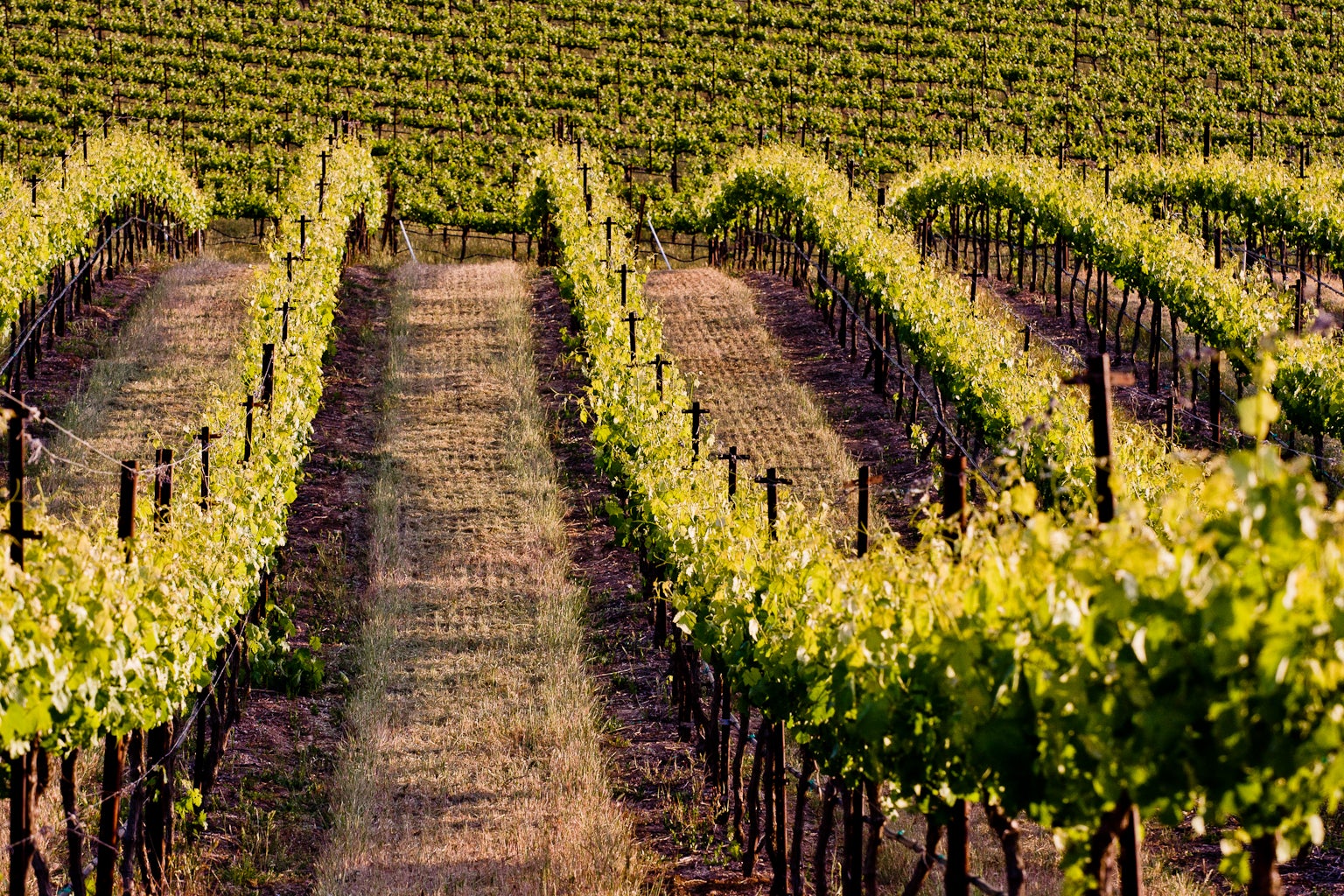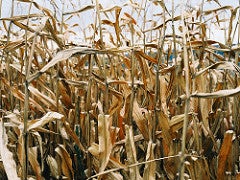
Photo Credit: Flickr user Benjamin Disinger (License)
Here’s a statement that everyone can agree on, regardless of politics: Farmers benefit from making their croplands more resilient to the effects of extreme weather.
Report after report, including a study this week in the journal Nature Geoscience, has shown that shifting climatic conditions will hit agriculture hard, threatening food supplies and farmers’ incomes. This week’s report found that in years when the Arctic was warmer than normal, the average decline in yields across the United States was as high as 4 percent – and in Texas, corn yields were as low as 20 percent of what they are in typical years.
Farmers can take steps to protect their operations from extreme weather – but they can’t do it alone.
The 2018 farm bill can and should play a powerful role in helping farmers adapt to changing climatic conditions by prioritizing and supporting public-private partnerships, innovation, and financial models that can accelerate deployment of conservation practices.
 Farmers have a host of competing priorities clamoring for their time, energy and money. Fortunately, they often have trusted advisers to help them make good decisions for their operations – including about conservation practices on the farm.
Farmers have a host of competing priorities clamoring for their time, energy and money. Fortunately, they often have trusted advisers to help them make good decisions for their operations – including about conservation practices on the farm.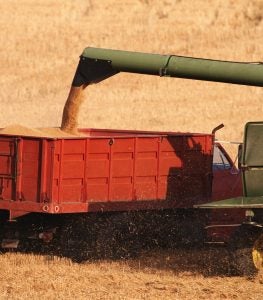
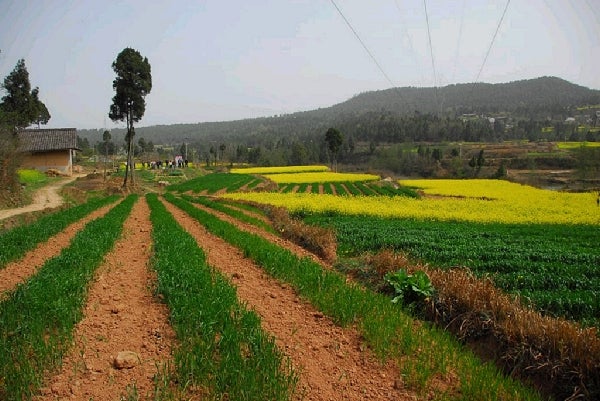
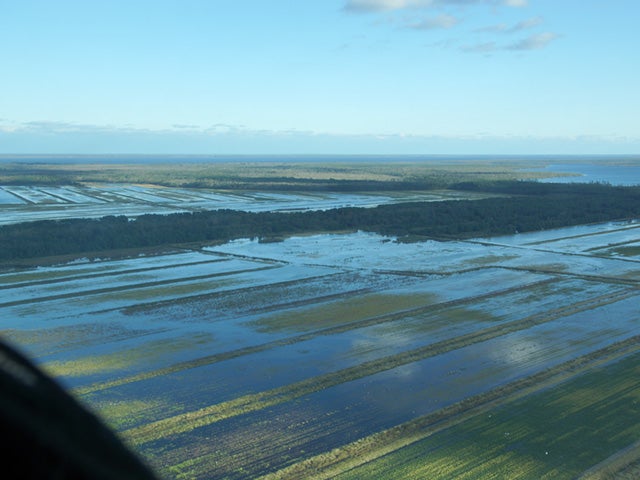
 Journalist Michael Pollan deserves credit for elevating the national conversation about food. Over the course of 25 years, his articles and books have thoughtfully contemplated the troubling side effects of the American diet and the way our food is produced.
Journalist Michael Pollan deserves credit for elevating the national conversation about food. Over the course of 25 years, his articles and books have thoughtfully contemplated the troubling side effects of the American diet and the way our food is produced.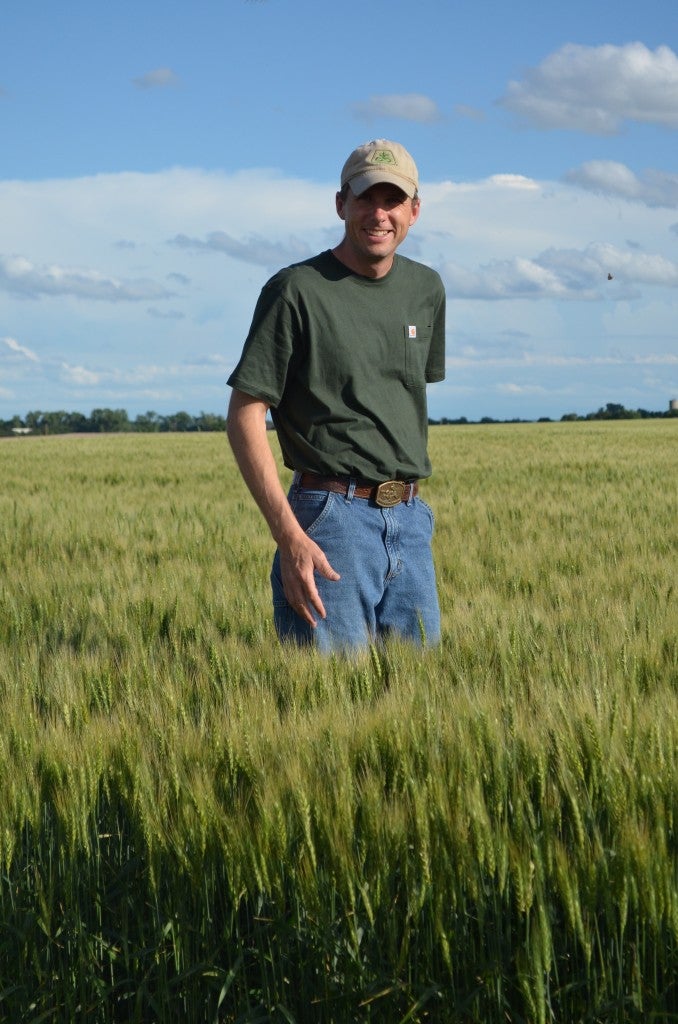 I first met Justin Knopf at a meeting in DC about five years ago. At 6’3”, he definitely stood out, but not just physically. He openly conveyed how important his family and his land are – the reason he cares so much about making sure his Kansas farming operation can live on is for his children. It’s rare to meet someone so articulate, sincere and committed to sustainability.
I first met Justin Knopf at a meeting in DC about five years ago. At 6’3”, he definitely stood out, but not just physically. He openly conveyed how important his family and his land are – the reason he cares so much about making sure his Kansas farming operation can live on is for his children. It’s rare to meet someone so articulate, sincere and committed to sustainability.
